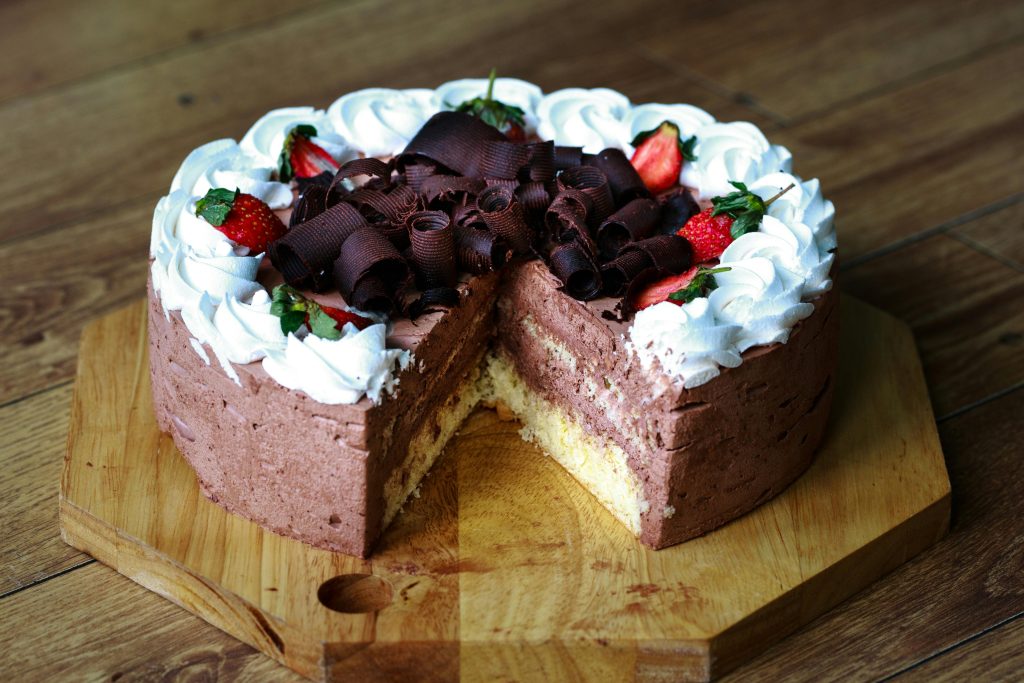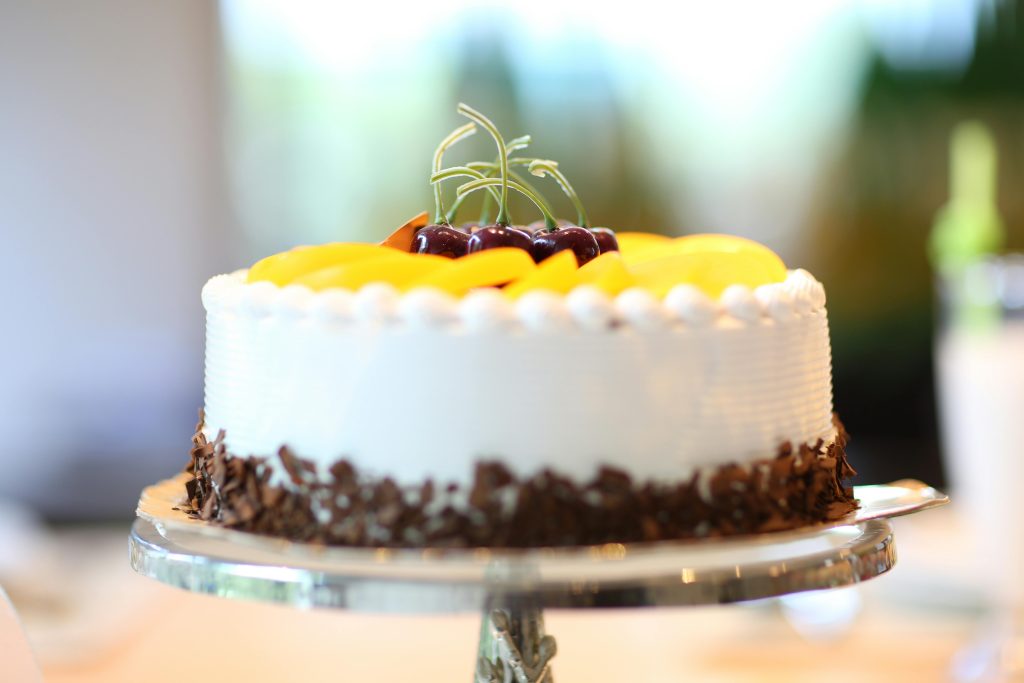Table of Contents
Cakes have long been a beloved treat across cultures, celebrated for their versatility and indulgence. From simple sponge cakes to intricate multi-tiered masterpieces, cakes are more than just desserts—they are often the centerpiece of celebrations and special occasions. This article explores the rich history, types, cultural significance, and trends surrounding cakes, highlighting why they hold a special place in our hearts and palates.

A Brief History of Cakes
The history of cakes dates back to ancient civilizations. The earliest cakes were more akin to bread, sweetened with honey and often flavored with fruits and nuts. The Ancient Egyptians were among the first to bake cakes, while the Greeks and Romans also had their own variations, often used in religious ceremonies.
As baking techniques evolved, so did the concept of cake. By the Middle Ages, cakes began to resemble what we recognize today, with the introduction of refined sugar and eggs. The invention of baking powder in the 19th century revolutionized cake making, allowing for lighter and fluffier textures.
The modern cake as we know it gained popularity in the 19th century, particularly with the rise of the middle class and the availability of new ingredients. Cakes became a symbol of celebration, often associated with weddings, birthdays, and other significant life events.
Types of Cakes
Cakes come in a wide array of styles and flavors, each offering unique tastes and textures. Here are some popular types:
- Sponge Cakes: Light and airy, sponge cakes rely on whipped eggs for their structure. Variations include Genoise and Chiffon cakes, often used as bases for layered cakes or filled with fruit and cream.
- Butter Cakes: Made with creamed butter, sugar, and eggs, butter cakes are rich and dense. Classic examples include pound cake and yellow cake, often frosted and decorated for special occasions.
- Cheesecakes: Unlike traditional cakes, cheesecakes feature a creamy filling made from cream cheese or ricotta. They can be baked or unbaked and often have a crust made from crushed cookies or graham crackers.
- Chocolate Cakes: A favorite among chocolate lovers, chocolate cakes can be made using cocoa powder or melted chocolate. Rich and decadent, they are often layered with ganache or frosted with chocolate icing.
- Fruit Cakes: Typically associated with weddings and holidays, fruit cakes are dense, moist cakes studded with dried fruits and nuts. They are often soaked in alcohol, allowing them to age gracefully over time.
- Specialty Cakes: These include unique creations like carrot cake, red velvet cake, and vegan or gluten-free options, catering to diverse dietary preferences and tastes.

Cultural Significance of Cakes
Cakes hold cultural significance around the world, often tied to traditions and celebrations. In many cultures, cakes symbolize prosperity and happiness. For instance, in Western cultures, birthday cakes adorned with candles are central to birthday celebrations, where the act of blowing out the candles is said to represent making a wish.
In other cultures, cakes play a pivotal role in weddings. The multi-tiered wedding cake, often lavishly decorated, signifies the couple&8217;s union and is a highlight of the wedding reception. Additionally, cakes are integral to holiday celebrations, such as Christmas fruit cakes and Easter cakes, reflecting seasonal traditions.
Trends in Cake Making
The cake-making industry has seen significant innovation and creativity in recent years. Here are some notable trends:
- Custom and Themed Cakes: Personalized cakes tailored to specific themes or occasions have gained popularity. Bakers often use intricate designs, fondant decorations, and unique flavor combinations to create show-stopping cakes that reflect individual tastes and interests.
- Health-Conscious Options: As people become more health-conscious, there is a growing demand for healthier cake alternatives. Options like gluten-free, sugar-free, and vegan cakes are becoming more prevalent, allowing everyone to enjoy a slice without compromising their dietary preferences.
- Minimalist Designs: While elaborate decorations have their place, there is a rising trend toward minimalist cakes featuring simple designs and natural ingredients. These cakes emphasize the beauty of texture and flavor over excessive decoration.
- Fusion Flavors: Bakeries are increasingly experimenting with fusion flavors, combining traditional cake recipes with unique ingredients from different cuisines. For example, cakes infused with matcha, lavender, or tropical fruits are becoming popular choices for adventurous palates.

Conclusion
Cakes are more than just delicious desserts; they are symbols of celebration, creativity, and tradition. With a rich history and an ever-evolving landscape of flavors and designs, cakes continue to bring joy to countless occasions around the world. Whether it&8217;s a simple family gathering or a grand wedding, the presence of a cake adds sweetness to life&8217;s moments, making it an enduring favorite across cultures and generations. As we continue to innovate and explore the art of cake making, the possibilities are truly endless, ensuring that cakes will remain a beloved part of our culinary traditions for years to come.
